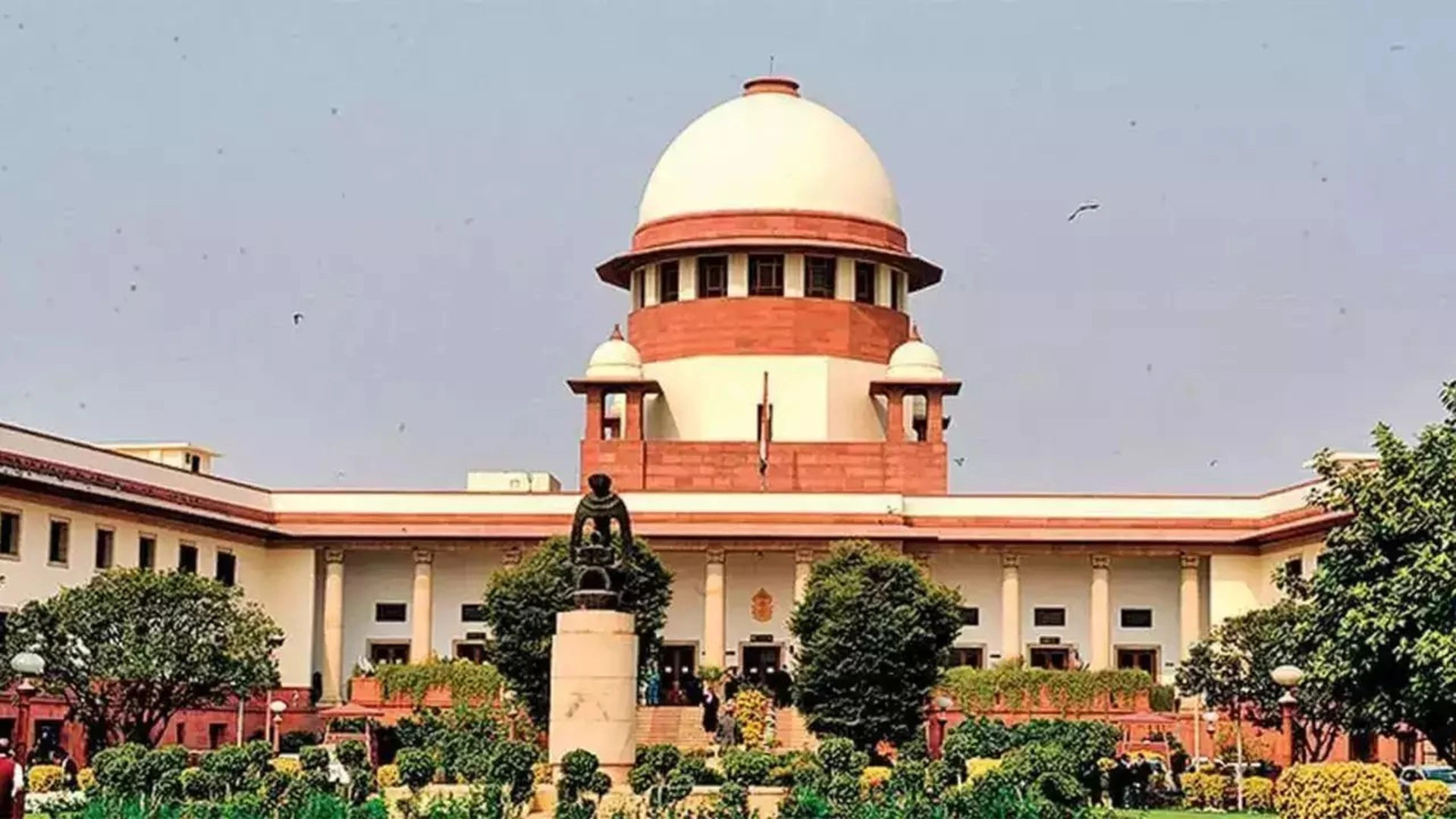
The Greek term ‘Euthanasia’ means a painless death. Euthanasia embodies several facets , from active (introducing something to cause demise) to passive (discontinuing treatment); voluntary (consent) to involuntary (consent from guardian) and physician’s assistance (where a physician prescribes the medicine and patient or the third party administers the medication to cause demise].
Arguments of advocates of euthanasia
Refusing care: The right to refuse medical treatment is acknowledged in law, encompassing medical treatment prolonging life. For instance, a blood- cancer patient can refuse treatment. This recognition of the right to refuse treatment paves the way for a passive euthanasia.
Caregivers’ plight: People with a degenerative, incurable, disabling or debilitating condition should be allowed to die in dignity. The caregiver’s plight is excruciating and cuts across several facets such as emotional, time, financial, physical, mental and social.
Right to die: Patients with a persistent vegetative state or chronic illness hate being a burden to their family members. Euthanasia can be deemed a way to assert the ‘Right to life’ by granting ‘Right to die’ dignifiedly.
Promoting the organ transplantation: Euthanasia in terminally ill patients provides a possibility to champion for organ donation. Not only does euthanasia provide ‘Right to die’ for the terminally ill, but also ‘Right to life’ for the needy patients.
Arguments against euthanasia
Malafide intention:
The members of the family or relatives may abuse euthanasia for inheriting the property of the patient. In the recent judgement, the Supreme Court has also broached this issue. To regulate the medical professionals, the Indian Medical Council (Professional Conduct, Etiquette and Ethics) Regulations, 2002 elucidates euthanasia briefly in Chapter 6, Section 6.7 and it is according to the provisions of the Transplantation of Human Organ Act, 1994. The law commission rendered a report (no-196) to the government on this issue as there is an imperative need to safeguard patients and also medical professionals caring the terminally ill patients from inessential litigations.
Focus on care
When cure is impossible by low cost methods, the intention is to provide care. Hence, euthanasia for no cure illness is illogical. The society and medical professionals become despondent and the patients take extreme measures such as suicide, euthanasia or substance use, whenever there is no cure. Here ,palliative and rehabilitative care rescues the patient and the family. At times, the family is advised to get the patient discharged from the hospital and wait for death to come. The reasons quoted for such decisions are non-availability of bed, futile intervention, poverty, and resources to be utilised for other curable patients. Unfortunately, the majority of our patients’ family accept the suggestion. The perception of the society needs to be altered and also the doctors need to emphasize care rather than just cure.
Eradicating the invalid: According to euthanasia opposers, if we embrace ‘the right to death with dignity’, patients with incurable and debilitating illnesses will be eliminated from our society. But palliative care would provide a relief from excruciating symptoms and pain.
Constitution of India: According to Article 21 ‘Right to life’ is a natural right but suicide is incompatible and inconsistent with the concept of ‘right to life’. After the legalisation of euthanasia, there is a grave concern that the State may not invest in health (working towards Right to life). In Holland, legalised euthanasia led to a severe downfall in the quality of care for terminally-ill patients. So, there should not be any space for euthanasia in any form in a welfare state.
Symptom of mental illness
One witnesses instances of attempts to suicide or completed suicide in patients suffering from depression, and schizophrenia . It is also documented in patients suffering from obsessive compulsive disorder. Hence, it is imperative to evaluate the mental status of the patient seeking euthanasia. An attempt to suicide is a psychiatric emergency and considered a desperate call for help or assistance in classical teaching.
Commercialisation of health care
Passive euthanasia is witnessed in a majority of the hospitals across the country, where poor patients and their family refuse or withdraw treatment because of the huge expenses entailed in keeping them alive. Once it is legalised, commercial health sector will serve death sentences to many disabled and elderly citizens of India for a paltry amount of money. The Supreme Court Judgement has emphasised this.
Studies have reported that many terminally ill patients opting for euthanasia suffer from major depression, and that the longing for death in terminally ill patients is correlated with depression. They desperately require palliative and rehabilitative care. Zealous , compassionate and humanistic team of health professionals need to look after them and the complete expenses need to be borne by the State so that ‘Right to life’ becomes a reality and succeeds before ‘Right to death with dignity’. Just like the death sentence is granted to offenders in the rarest of the rare cases by courts, euthanasia should be granted only in the rarest of the rare cases. The grit to survive against all odds will vanish from the character of human beings, if the option of euthanasia is available to patients and their families. The truant medical professionals will use it to their advantage to convince the patients and families to utilise this option.
Dr. Ravi Prakash Tiwari is the author of Pun is Fun.















